 Today marks the 84th birthday of the one and only James Randi, the man loved (some might say worshipped) by skeptics the world round and squarely hated by just about everyone who claims to have a paranormal power of some kind.
Today marks the 84th birthday of the one and only James Randi, the man loved (some might say worshipped) by skeptics the world round and squarely hated by just about everyone who claims to have a paranormal power of some kind.
Randi, a magician by trade, set up the James Randi Education Foundation in 1996, an organization that offers a whopping one million dollar prize to anyone who can demonstrate their extra-human powers under watchful scientific eyes. This challenge has never been bested and remains the bane of psychics, spoon benders, healers, and even ghost hunters.
Sure, Randi might not be well liked by those claiming superpowers, but his contributions to the field of paranormal research are valuable and necessary, even if those contributions consist of saying “no” more times than we care to tally. In a forest of extraordinary claims, it’s nice to know there’s someone pulling weeds.
It seemed fitting that today, on his birthday, we should look at one of the very few instances that James Randi was presented with an incredible feat.. and instead of shaking his head and uttering that word he’s so familiar with, widened his eyes and said “yes”.
ADVERTISEMENT
The Man Who Stared at Notes
Dr. Arthur Lintgen, a physician from Pennsylvania, is a man who claims a seemingly extraordinary, if somewhat less than useful, talent. He doesn’t read minds, tell the future, or talk to the dead, but can he can tell you what songs are on a vinyl record just by staring at it, and no, he doesn’t need the label. Lintgen claims he only became aware of his strange ability when challenged at a party in the 70’s, and found, to his surprise, that he could correctly identify records just by looking at the grooves.
“Friends of mine with more scientific and musical knowledge than I have tried it unsuccessfully,” he once told the New York Times. “I don’t know how I do it. I have terrible eyesight.”
In 1982, the ABC television series That’s Incredible decided to put Dr. Lintgen to the test in front of an audience, and to the astonishment of Stimson Carrow, then the professor of music theory at Temple University, Arthur was able to not only correctly identify 20 different unlabeled records, but was able to identify their pieces and composers.. all from about 15 feet away. The audience was astonished.
That kind of stunt might have been enough to impress viewers at home, but there were still many who remained skeptical of the man who could see records. Extraordinary claims require extraordinary evidence, not pre-taped television episodes. After all, it’s not like TV has the greatest track record of honesty.
James Randi Meets Dr. Lingten
 James Randi first became aware of the claims made by Dr. Arthur Lintgen a year after his appearance on That’s Incredible, when he was approached by Time magazine to conduct a more scientific test of his astonishing ability. Though highly skeptical, Randi agreed to head the controlled investigation and even agreed to a few stipulations set forth by Arthur: the music to be identified had to be post-Beethoven classical recordings. Lingten also admitted that he could not identify unpopular contemporary classical compositions or spoken word.
James Randi first became aware of the claims made by Dr. Arthur Lintgen a year after his appearance on That’s Incredible, when he was approached by Time magazine to conduct a more scientific test of his astonishing ability. Though highly skeptical, Randi agreed to head the controlled investigation and even agreed to a few stipulations set forth by Arthur: the music to be identified had to be post-Beethoven classical recordings. Lingten also admitted that he could not identify unpopular contemporary classical compositions or spoken word.
So in 1982, Randi gathered his own collection of recordings, including one spoken word recording and one duplicate recording for use as controls, covered both the label and the matrix numbers, placed each record in identical packaging, and after traveling to meet Lingten, finally had an assistant shuffle them. An article published by the Los Angeles Times in 1987 does a fine job of recounting the events of that test:
Lintgen, a very nearsighted man with thick glasses, took the first recording off the pile, removed his glasses and placed his eye at the edge of the recording and slowly rotated it. He looked slightly puzzled.
“I think that this is Beethoven’s Sixth Symphony,” he said. “However, there is an extra movement in here that I can’t understand. Is it a strange recording?”
Randi replied that he could offer no clues. Lintgen examined it further and declared, “Yes! It is the Sixth Symphony, but it also contains an additional overture that I will guess is the ‘Prometheus Overture.’ ”
Lintgen was right.
He then pulled out another recording from the batch and identified it as Stravinsky’s “Le Sacre du Printemps.”
At that time, Randi did not know if the recording that Lintgen was holding was indeed Stravinsky’s “Le Sacre du Printemps,” but he knew that there were at least two different copies of that piece in the controlled test. At this point, Randi knew the man had the talent.
Lintgen pulled out the next recording and said with a wink, “Ah. You are trying to fool me! This is a different recording of the same piece.”
Randi was astonished. Not only did Lingten correctly identify the duplicate recording, but he told the group of investigators that while it was the same piece, it was performed by an entirely different orchestra. A German orchestra, to be exact. Lingten then went on to point out two other controls, a vocal recording of So You Want to a Magician and a recording that he called “just gibberish” that turned out to be Alice Cooper.
Randi later recounted his shock in the Skeptical Enquirer saying, “certainly, Arthur Lintgen comes as close to (a real magician) as I ever hope so see!”
Wild Talents or Psychic Powers?
So did Arthur Langten win the million bucks? Well, not exactly. You see, while the James Randi did finally brush off his skepticism and agree that Arthur did indeed possess an extraordinary talent.. it was just that: a talent. The secret to the doctor’s success didn’t lie in tapping into some unknown consciousness or untested psychic power. The secret to Arthur’s talent was in the grooves.
When Lantgen completed his astonishing task, Randi could hardly believe it. “How could he possibly accomplish this?” he asked. For Lantgen, the answer was simple.. he loved music.
“I have a knowledge of musical structure and of the literature,” he told the New York Times, “and I can correlate this structure with what I see. Loud passages reflect light differently. In the grossest terms, they look silvery. Record companies spread the grooves in forte passages; they have a more jagged, saw-tooth look. Soft passages look blacker. I also know how the pressings of different labels look, so I can often figure out who is conducting.”
Arthur Lintgen’s incredible knowledge of music, right down to how and where it was recorded, gifted him with one of the world’s greatest party tricks, at least until the advent of the compact disc. Using the power of deduction, Lingten could use the quality of the pressing, the length of the grooves, even the depth of the grooves, to identify the compositions he enjoyed so much. It might not be supernatural, but it’s still amazing.
So no, Arthur didn’t walk away a million dollars richer, but he didn’t mind. In fact, unlike so many fraudulent psychics, phony faith healers, or paranormal investigators with broken radios, Arthur never believed for a second that his talents were supernatural, and saw it merely as a fun side effect of being an audiophile.
Randi, who I can only assume was finally exhaling, agreed.
Happy birthday, James Randi!
MORE GREAT STORIES FROM WEEK IN WEIRD:

You may also like...
-
Advertisement
Subscribe for the latest Weird News Delivered Daily!
Join the world’s only mobile paranormal museum!
World’s Weirdest News in your Social Feed!
Latest Stories
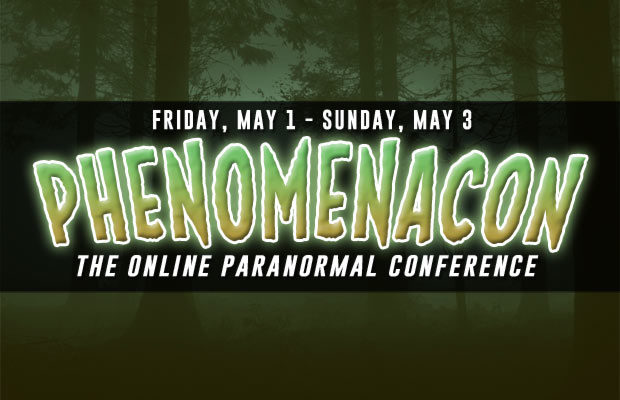
Phenomenacon: Attend the World’s First Online Paranormal Conference, Featuring Your Favorite Paranormal TV Stars
Martin Nelson | 04/22/2020With the onset of a global pandemic causing the shutdown of fan conventions all over the world, it was only a matter of time before the cancellations hit the...
15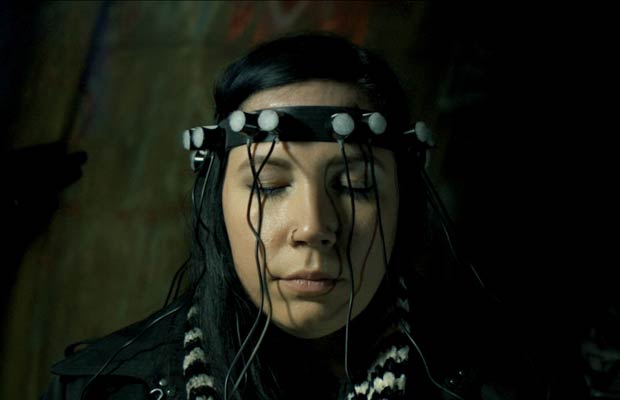
Groundbreaking Paranormal Documentary Series “Hellier” Returns with Ten Haunting Episodes of Appalachian Mystery
Martin Nelson | 11/28/2019There’s something strange moving through Kentucky like a virus, twisting through the Mammoth Cave system and hovering in the skies above the Appalachian Mountains. While might catch glimpses of...
15
Travel Channel’s “Haunted Salem: Live” Features the “Paranormal Dream-Team” in Live, Four-Hour Ghost Hunt
Martin Nelson | 09/27/2019Travel Channel is kicking off Halloween season on October 4th with a very special live event that brings together more of the network’s top paranormal stars than you can...
15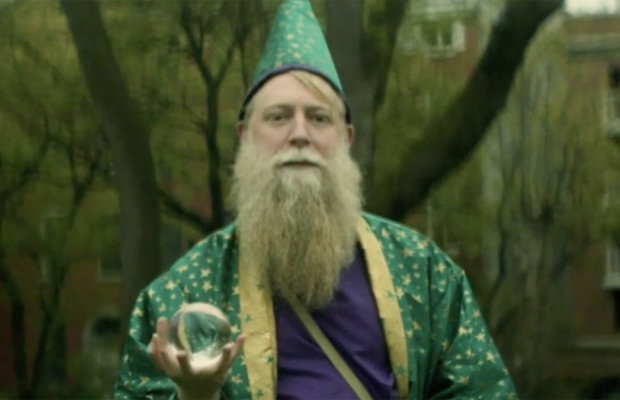
Meet Devin Person, a Real-Life Wizard Who Grants Wishes on the New York City Subway
Greg Newkirk | 06/11/2019For most of us, ignoring the strange people on the subway is second nature, but if you ever find yourself in the tunnels below New York City and you...
15Stories from Around the Internet
#PLANETWEIRD ON INSTAGRAM
About Week in Weird
Week In Weird is one of the web's most-visited destinations for all things weird, bringing you the latest fringe news, original articles featuring real investigations into unexplained phenomena, eyewitness reports of encounters with the anomalous, and interviews with notable figures in the fields of extra normal study.
Week In Weird is part of the Planet Weird family, brought to you by the paranormal adventures of Greg Newkirk and Dana Matthews, professional weirdos investigating the unexplained by engaging the strange.
- MORE ABOUT WEEK IN WEIRD
- REPORT A SIGHTING / CONTACT
- ADVERTISE WITH USFOLLOW PLANET WEIRD ON TWITTER
GREG & DANA: INVESTIGATING THE UNEXPLAINED
Content copyright © 2016 Planet Weird unless otherwise noted.

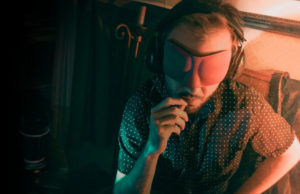

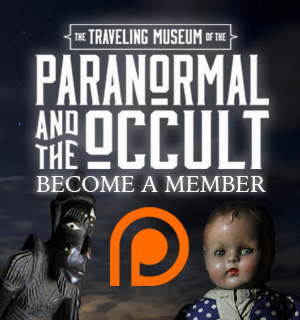

You must be logged in to post a comment Login